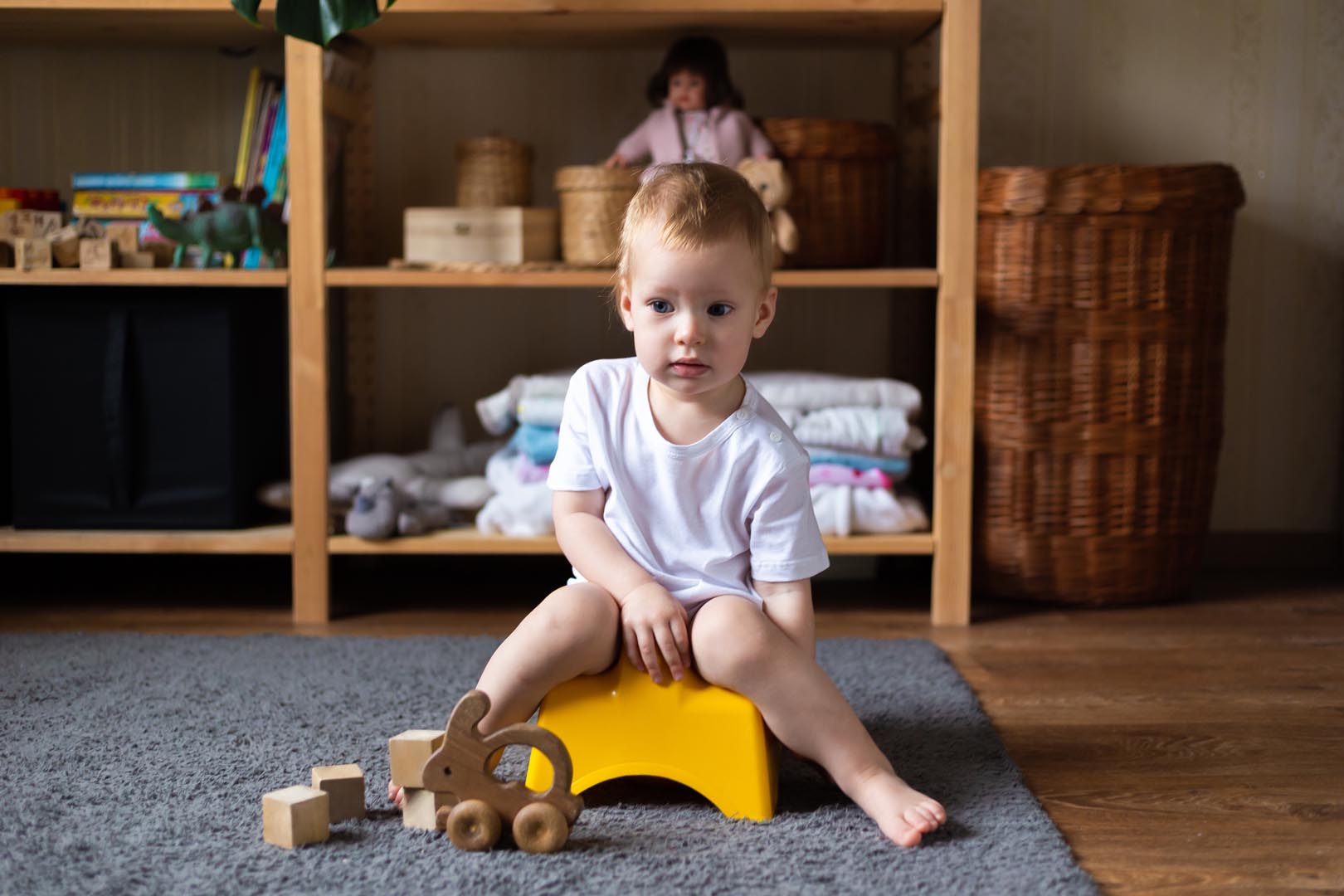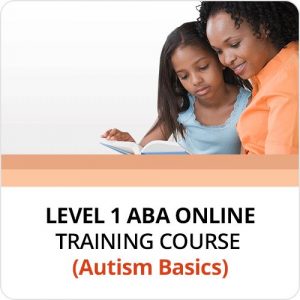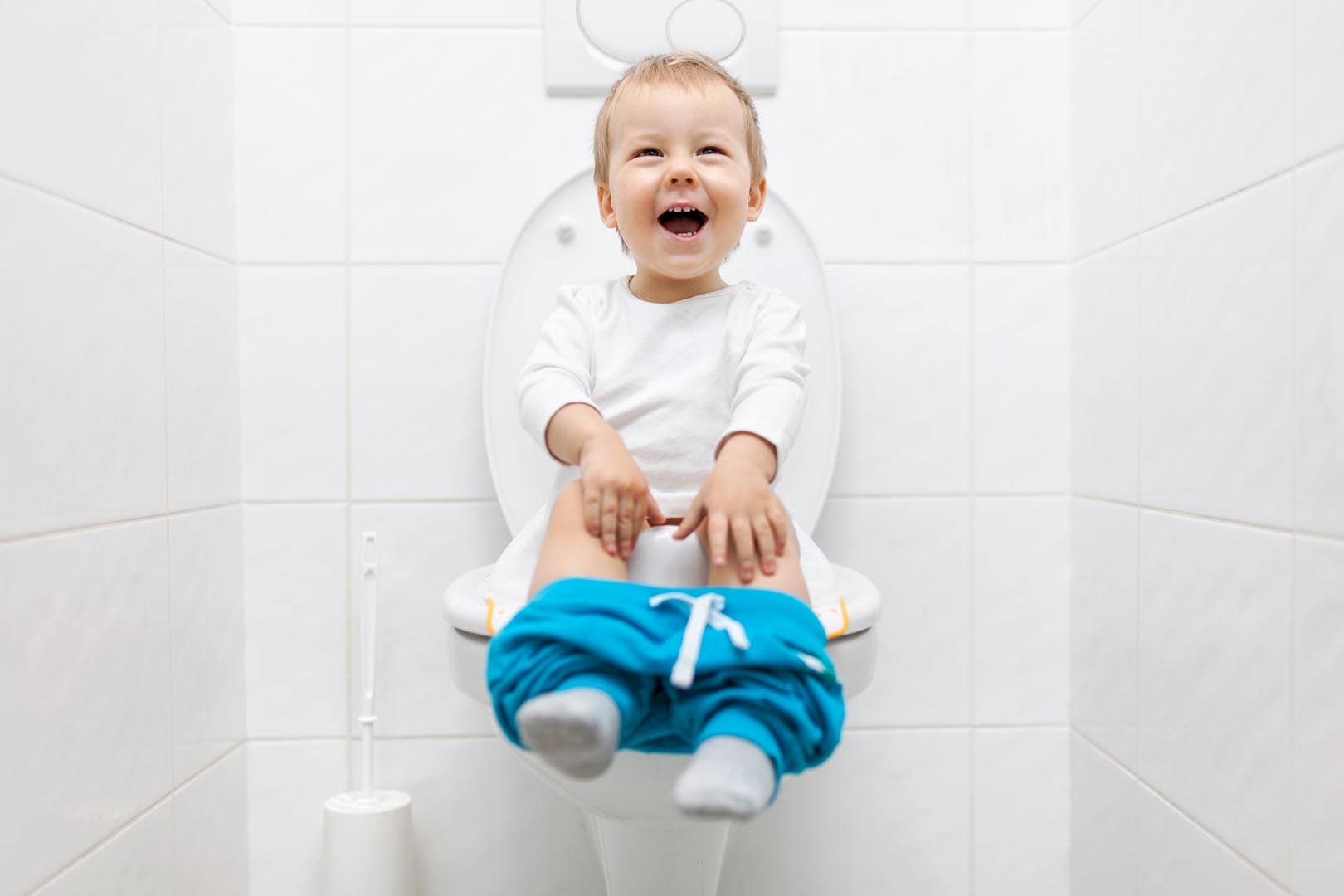Toilet Training – Getting Started
- Decide where the toilet training will take place. Will you designate a certain bathroom in your home? Will you use a portable child’s potty?
- Decide who will be doing the toilet training. Will it mostly be you or will you enlist help from family, friends, or your other children? It’s important everyone is on the same page in regards to toilet training.
- Decide when the toilet training will start and how long you will have available to dedicate your time (several hours per day). Over a long week or break from school are desirable times to start, but shouldn’t be the rule.
- Gather several different rewards—this will be the most important step in your toilet training process. The rewards should be highly motivating and only used for toilet training. Having several choices will help keep the items motivating.
- Ditch the diapers—Yes, no more diapers or pull-ups (there are some exceptions, including sleeping times and possibly travel). This is another essential step.
- Gather additional supplies—cleaning wipes/paper towels, a timer (timer on phone or kitchen timer), several pairs of underwear, and additional spare clothing. Consider the following items that will likely be very helpful—data sheet to track progress and activities for the child to do child while sitting, reward/sticker charts to show progress, and even an activity for you (as well as a reward for yourself!).








